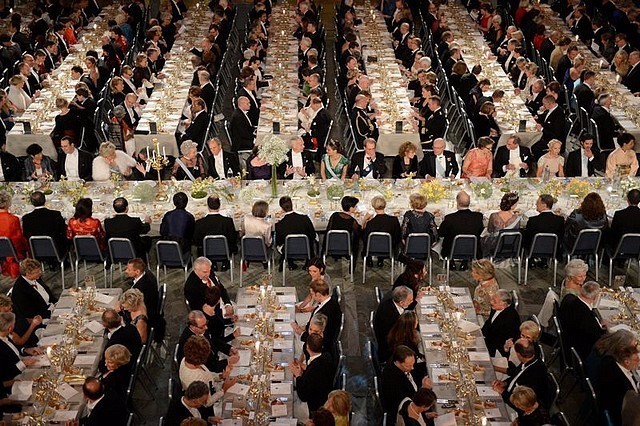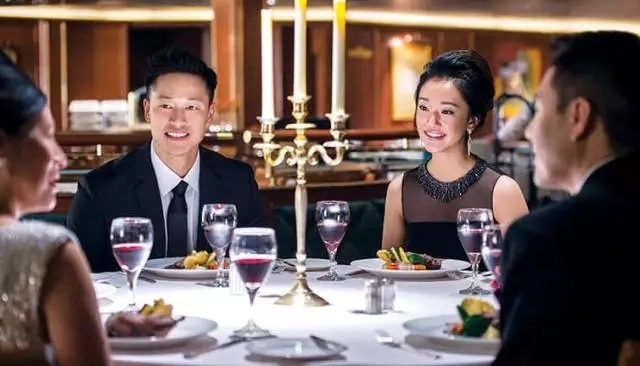Dear ladies and gentlemen, we very often receive question about Chinese dining etiquette, and its comparison with the French one. I propose you a little introduction about some of their different aspects, and common points. Actually, we share more than we may think!
Each civilization develops customs that are adapted to its own way of life. Our purpose here is of course not to judge if there is one superior to the other, but to offer a comparison showing that finally, if the rules may be different, the philosophy remain the same: giving the best of yourself for the others!
The origins
Chinese table manners
Table manners are the manners we should know while we are at the table. The origin of table manners could trace back to ancient times, both in China and in western countries.
China enjoys a long tradition of catering culture. According to record, the catering etiquette rules in China were already set up during the Zhou dynasty (1046 BC to 256 BC). These rules played an important role in ancient China, they evolved through time and influenced greatly other Asian cultures. Moreover, these rules still affect modern Chinese society.
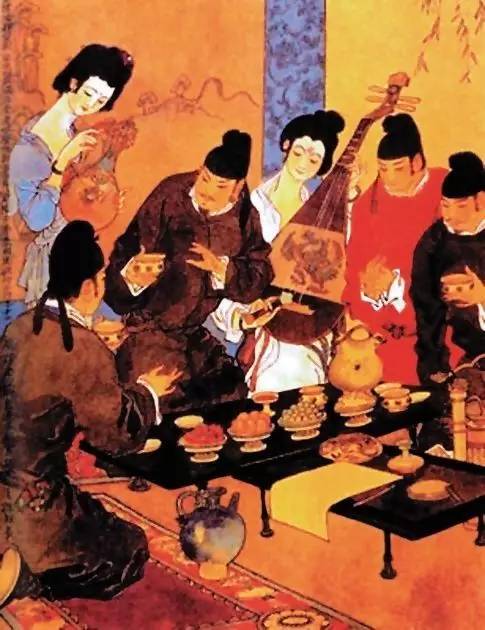
French table manners
Since ancient Greece and the Roman Empire, western table manners have evolved by keeping common rules and developing differences between each country. The French table manners have had a distinct evolution since the time of Merovingian, in the 5th century AD. Under the influence of the Renaissance in the 16th century and especially during the reign of Louis the XIV, French table manners became more delicate, and many books related to table manners have been published since then. Now in Europe, people still follow sophisticated rules of table manners.
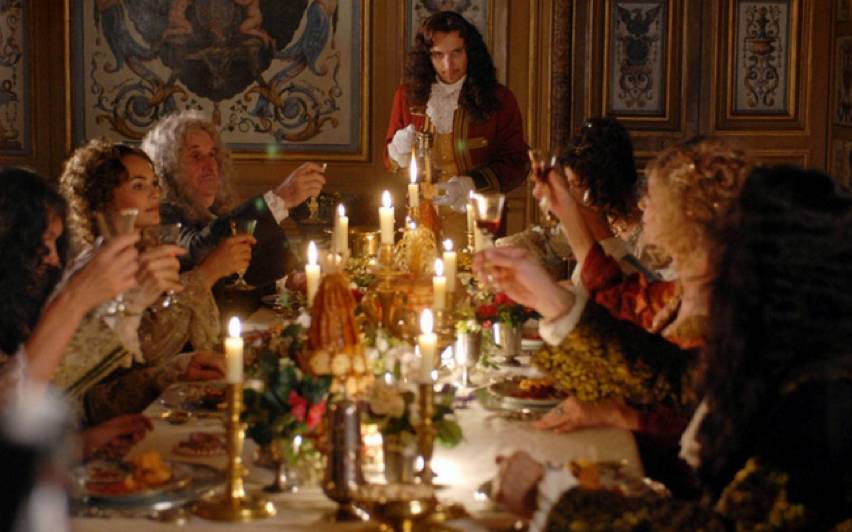
The seating rules comparison
In the Chinese tradition, guests are also ranked by importance. Round tables are generally preferred, but long tables may be used as well. The main guest, or the elder one, receive the seat facing the entrance. Then, the second most important seat is on his right. The furthest someone is from the host or the elder guest the less important he is.

French table seating
Guests all sit at a long table in western culture. In a formal dinner, guests should seat by rank and importance.
In the French table plan, the host and the hostess sit in the middle of the table, in front of each other. Guests are placed from there, ranked by importance. The honoured place for a man is the seat on the right of the hostess, the honoured place for a woman is the seat on the right of the host. The seats on their left would be for the second most important man and woman. The further a guest is seated from the host; the less importance he has.
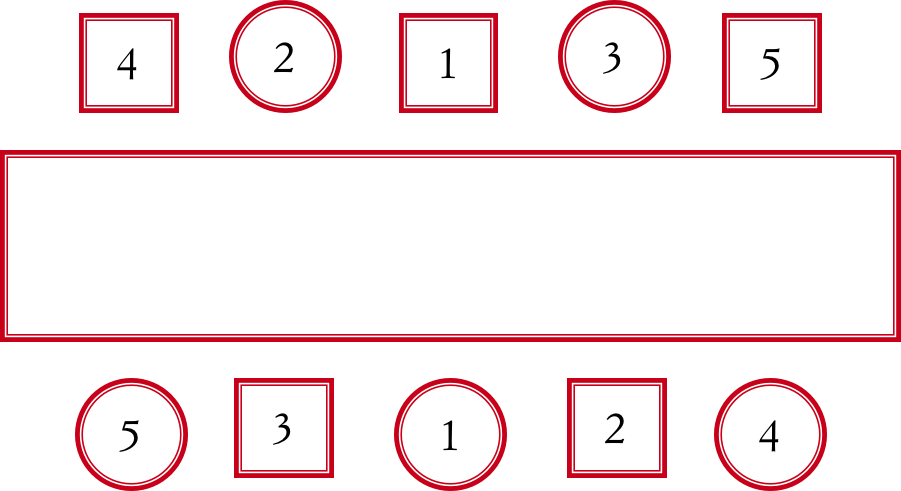
If there are different tables, the closer a table is from the main table and the most important it is. We should alternate men and women as much as possible, always separate married couple excepting if they have been married for less than one year.
Sharing the food: comparison
Chinese table manners
Chinese people enjoy sharing food together, which reflect a traditional concept: food is an indispensable source of human life and sharing food means we share the same source of life, which is a reflection of close blood relations.

All guests share the same courses and eat together, could to some extent enhance interpersonal relationship between friends and family members, which is the meaning that Chinese value most behind having dinner together. In Chinese culture, a dinner table could resemble a small society.
French table manners
French people eat together at the table, but will enjoy the dishes one by one. It is only when guests are done with a course that the second one is served. If it is at the restaurant, everyone orders for oneself, you would not share the dishes. If it is a home dinner, the host(ess) will prepare a sequence of dishes to be shared, but still one course after another; he/she will distribute the food, or guests could help themselves.
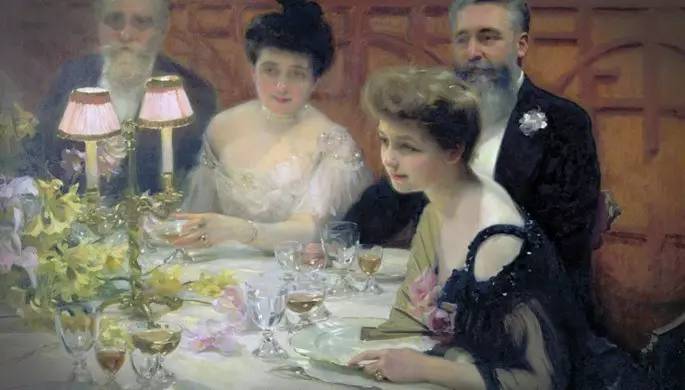
The philosophy behind is to consider that sharing the food is less important than sharing a good conversation and a lovely moment with friends or families, the dinner is only an opportunity to do so.
Several rules for dining manners
8 advice for Chinese table manners
1. Invite the guest to sit first, or the elder one if you are all from the same company/family. You should sit down from the left side of the chair, don’t touch your chopsticks at this time, don’t make any noise, and don’t stand up until everybody is seated. If you have any requests or anything, you could ask the host(ess)
2. Ask guests or elder people to start eating first. Don’t take too much food at one time, don’t outstretch your arms for the course that is far, don’t make any noise while chewing food or drinking soup. Use a spoon to drink the soup, don’t lift the bowl, don’t blow the soup.
3. Don’t burp, or make any other noise while eating. If you couldn’t help make noises such as sneeze or vowel sound, you should apologize.
4. Use the serving chopsticks if you want to distribute the food. You could also help the guests or elder people if some courses are too far from them. In China, all the courses will be served one by one. Each time a course is served, you should ask the guests, leaders or elder people start first to show your respect.
5. You could place the bones on the side of your plate, on a tissue.
6.Have small talks now and then with people around you to activate the atmosphere. Don’t devour and don’t drink too much alcohol.
7.Do not floss your teeth at the table. If you must do this, you should use a napkin or your hand as a cover-up.
8. When you leave, you should thank the host, and you could invite the host(ess) to your place to show him/her your respect.
7 French table manners
1. Forks and knives are displayed on the side of the plate, start from outside towards the inside. Each course has its own fork and knife; waiters will help collect the fork and knife accordingly when you finish each course.
2. For meat (such as steak), you should cut from one side, only one piece and then eat. You can place the part you don’t eat (such as bones) at one side of the plate, generally the upper part.
3. If you want to spit out bones or some undesired food, you should use you fork and place it near your mouth to spit it out, then you place the food at one side of your plate. Try to do it discreetly without attracting others’ attention.
4.Beans, rice, or another side dish. Fork upward, use your knife to put the beans on the fork and eat. If you want to add sauce or salt but the sauce is far away from you, you could ask someone to pass the sauce or salt to you, never stand up and outstretch your arm for the sauce.
5.You could not wipe your mouth or your hand savagely. The correct way is to use one side of your napkin and wipe your mouth gently and elegantly.
6. Keep a straight back, your back should not touch the back of the chair. Your body could lean a little bit forward while eating, but your upper arms should always remain close to your body.
7.When you finished eating, forks and knives could not be places randomly, which is not very elegant. The right way is: place fork and knife together on the plate, fork upward, knife towards the inside, both at five o’clock.
Thank you for reading. Do you have other comments regarding the Chinese or the French etiquette, some customs you don’t understand or find interesting? Please leave us a comment!
